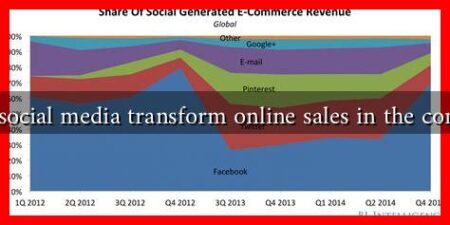-
Table of Contents
How Major League Baseball Has Changed Over the Years
Major League Baseball (MLB) has undergone significant transformations since its inception in the 19th century. From changes in rules and player demographics to advancements in technology and fan engagement, the evolution of baseball reflects broader societal shifts. This article explores the key changes in MLB over the years, highlighting their impact on the game and its fans.
The Evolution of Rules and Gameplay
One of the most noticeable changes in MLB has been the evolution of its rules and gameplay. Over the years, various modifications have been made to enhance the pace of play and improve the overall spectator experience.
- Pitch Clock: Introduced in 2023, the pitch clock limits the time a pitcher has to deliver the ball, aiming to reduce game length and maintain fan engagement.
- Designated Hitter Rule: Initially adopted in the American League in 1973, this rule allows teams to use a designated hitter instead of a pitcher in the batting lineup, significantly altering offensive strategies.
- Instant Replay: Implemented in 2008, instant replay has transformed how umpires make decisions, allowing for greater accuracy in calls and reducing the impact of human error.
These rule changes have not only affected gameplay but have also influenced how teams strategize and how fans experience the game. For instance, the introduction of the pitch clock has led to shorter games, which many fans appreciate.
Demographic Shifts in Players and Fans
Another significant change in MLB is the demographic shift among players and fans.
. The league has become increasingly diverse, reflecting broader societal changes.
- International Players: The influx of international talent, particularly from Latin America and Asia, has enriched the league. Players like Ichiro Suzuki and Fernando Tatis Jr. have brought unique styles and skills to the game.
- Increased Female Participation: Women are increasingly involved in baseball, both as players and fans. Initiatives like the Girls Baseball program aim to encourage young girls to participate in the sport.
- Changing Fan Demographics: MLB has made efforts to attract younger audiences through social media engagement and promotional events, recognizing the need to adapt to changing consumer preferences.
These demographic shifts have not only diversified the talent pool but have also expanded the fan base, making baseball more inclusive and representative of society as a whole.
Technological Advancements
Technology has played a crucial role in transforming MLB, both on and off the field. The integration of advanced analytics and broadcasting technologies has changed how the game is played and consumed.
- Statcast: Launched in 2015, Statcast provides in-depth data on player performance, including pitch speed, exit velocity, and defensive metrics. This data-driven approach has revolutionized player evaluation and game strategy.
- Streaming Services: The rise of streaming platforms has changed how fans access games. Services like MLB.TV allow fans to watch games from anywhere, catering to a tech-savvy audience.
- Virtual Reality: Teams are exploring virtual reality for training and fan engagement, offering immersive experiences that enhance the connection between players and fans.
These technological advancements have not only improved the quality of play but have also made the game more accessible and engaging for fans.
Conclusion
Major League Baseball has undergone remarkable changes over the years, from rule modifications and demographic shifts to technological advancements. These changes reflect the league’s adaptability and its commitment to enhancing the game for players and fans alike. As MLB continues to evolve, it will be essential to balance tradition with innovation, ensuring that baseball remains America’s pastime while appealing to future generations.
For more information on the history and evolution of Major League Baseball, you can visit the official MLB website at mlb.com.





